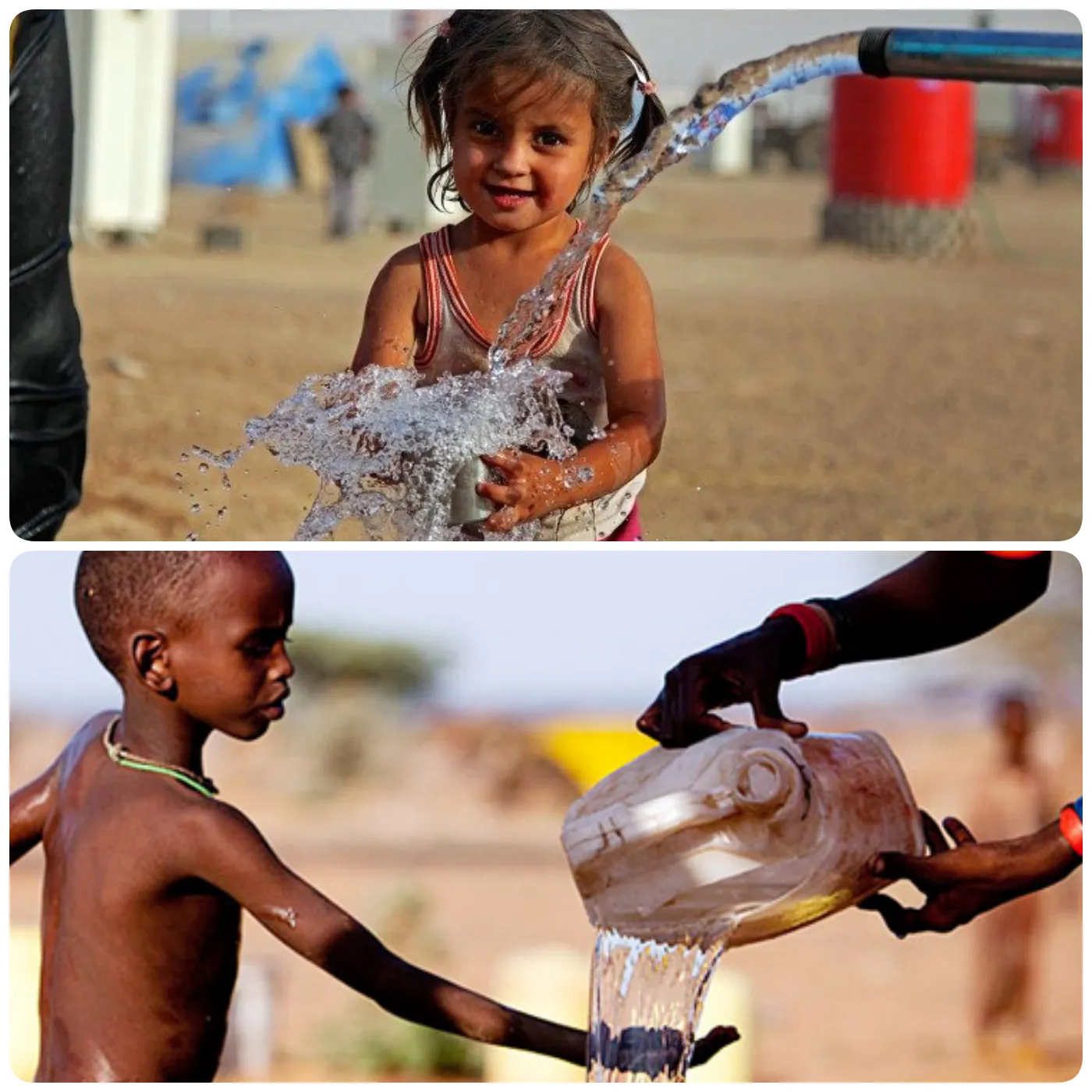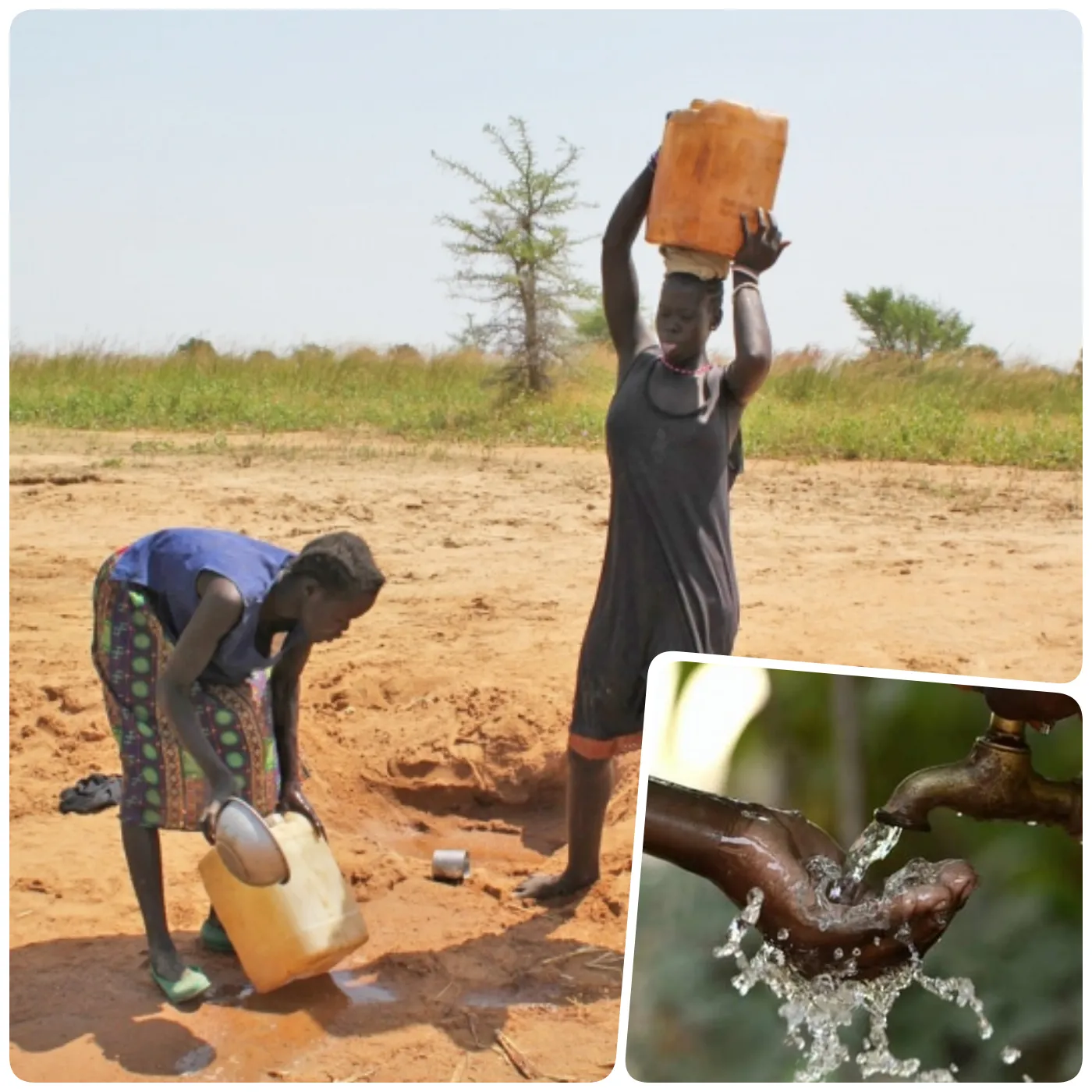
More than 4.4 billion people around the world do not have access to safe drinking water
A study from the Swiss Federal Institute of Technology (ETH Zurich) revealed that more than half of the world’s population, approximately 4.4 billion people, do not have access to safe drinking water. This is almost double the estimate given by the World Health Organization (WHO) for 2022, and the actual number is likely to be even higher if poor access in high-income countries is taken into account than.
Primarily examining access to clean water in low- and middle-income countries, the true scale of the problem may be much greater when including the challenges faced by people in low-income countries low facing. Higher entry face.
Researcher Esther Greenwood from ETH Zurich emphasized that of the 22 geographical sub-regions identified by the United Nations, South Asia and Sub-Saharan Africa are the most affected. The study estimates that more than half of the 1.2 billion people living across India, Afghanistan, Bangladesh, Bhutan, Iran, Maldives, Nepal, Pakistan and Sri Lanka do not have access to clean water. In Africa, more than 80% of the 1.1 billion people living in the sub-Saharan region do not have access to safe drinking water.

Other regions, including Oceania (excluding Australia and New Zealand) and Southeast Asia, also face significant challenges, with about 75% of the population affected. The ETH Zurich study further indicates that about half of this population may be exposed to contaminated drinking water.
E.coli bacteria, often associated with diseases such as cholera, dysentery and typhoid fever, are used as an indicator to calculate contamination levels. While healthy adults often experience mild symptoms and recover quickly, children and the elderly are at higher risk of more severe complications, such as kidney failure and even death.
Although not included in this specific study, arsenic and fluoride concentrations were also monitored to assess the level of chemical contamination in the water source. Contamination can occur naturally—more than 80% of fluoride and arsenic in groundwater are due to geological processes—but industrial chemical use and coal burning can also contribute to water pollution.
From 2022, people in impoverished rural areas will face the greatest difficulty in accessing clean water. Nearly 500 million people globally depend on unprotected wells, rivers, lakes and ponds to meet their water needs. The data also shows that residents in low-income urban areas or informal settlements have less access to safe drinking water than those in other residential areas.

Sera Young, an anthropologist from Midwestern University in Illinois, USA, emphasized that improving water infrastructure is only part of the solution to increasing water safety. Regular and transparent water testing is essential to help communities have confidence in the water they consume.
Solving the global water crisis requires comprehensive strategies that go beyond improving infrastructure, ensuring regular monitoring and transparent reporting to protect the health and safety of billions of people around the world.






